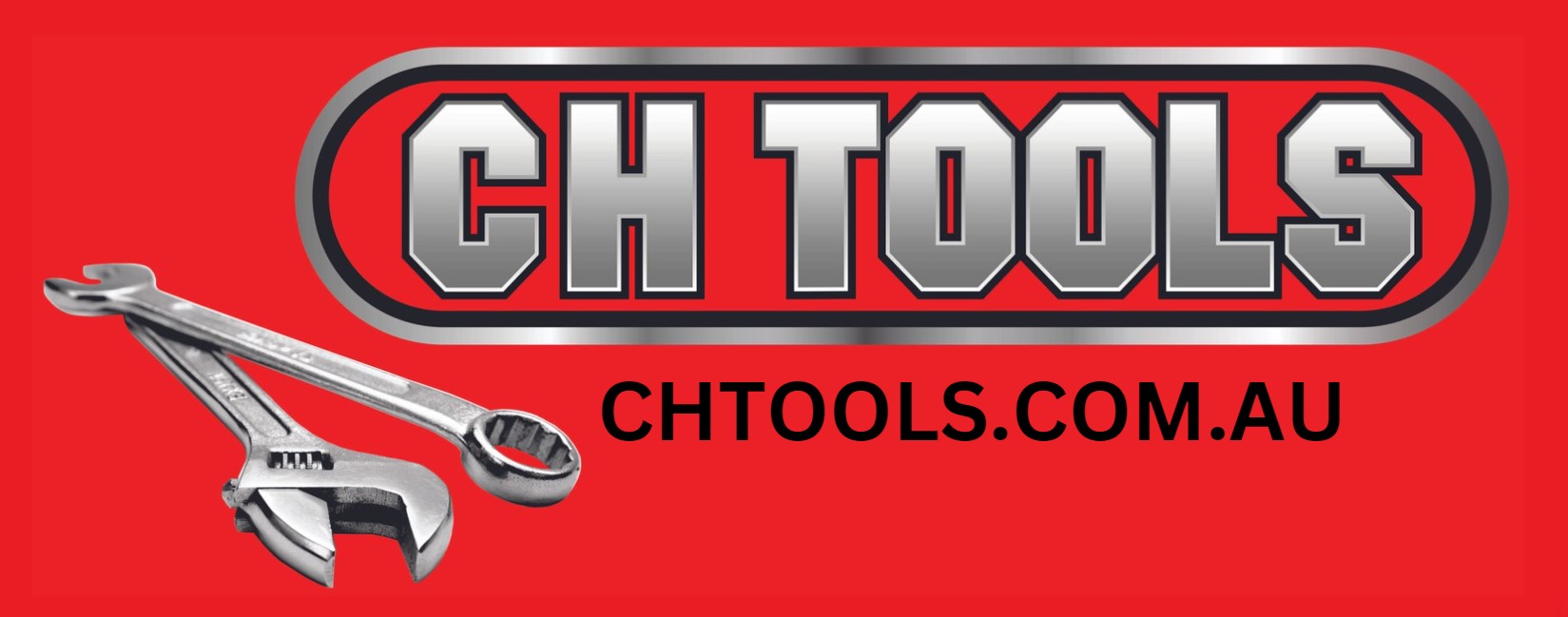Follow us:
Reliable Hardware Tools: Build with Confidence



Guide to Selecting the Correct Hardware Tools for a Job
Selecting the right hardware tools for a job is crucial to achieving efficient, precise, and safe results. Here’s a comprehensive guide to help you choose the best tools for your specific tasks:
1. Understand the Job Requirements
- Task Type: Identify the type of work you will be doing (e.g., construction, renovation, repairs).
- Material: Determine the materials you will be working with (e.g., wood, metal, plastic).
- Tool Functionality: Understand the specific functions needed (e.g., cutting, fastening, drilling).
2. Basic Hardware Tools
- Hand Tools: Essential for a wide range of tasks.
- Hammers: Choose between claw hammers for general use and sledgehammers for heavy-duty tasks.
- Screwdrivers: Select a variety of sizes and types (e.g., flathead, Phillips) based on the screws you’ll be using.
- Pliers: Include needle-nose, slip-joint, and lineman’s pliers for different gripping and cutting needs.
- Wrenches: Opt for adjustable wrenches, combination wrenches, and socket sets depending on the fasteners.
- Measuring Tools: Ensure precision and accuracy.
- Tape Measures: Choose a tape measure with a sturdy casing and a locking mechanism.
- Levels: Use spirit levels or laser levels to ensure surfaces are even and aligned.
- Calipers and Micrometers: For precise measurements, especially in machining and fine work.
- Cutting Tools: For cutting various materials.
- Utility Knives: Versatile for cutting materials like cardboard and plastic.
- Handsaws: Choose a saw based on the material (e.g., hacksaw for metal, crosscut saw for wood).
- Tin Snips: For cutting sheet metal.
- Drilling and Fastening Tools: Essential for creating holes and assembling components.
- Drills: Opt for a drill with adjustable speed and torque settings. Consider corded vs. cordless based on your power needs.
- Impact Drivers: For driving screws quickly and efficiently.
- Bit Sets: Ensure you have a variety of bits for different drilling and fastening tasks.
3. Specialty Tools
- Fastening Tools:
- Staple Guns: For fastening materials like fabric or insulation.
- Rivet Guns: For joining metal parts with rivets.
- Cutting and Shaping Tools:
Jigsaws: Ideal for curved cuts in wood, plastic, and metal.
Circular Saws: For straight cuts in wood and other materials.
- Sanding and Finishing Tools:
Sanding Blocks: For manual sanding of surfaces.
Orbital Sanders: For smoothing and finishing larger surfaces.
4. Material and Durability
- Material: Choose tools made from high-quality materials such as steel or alloy for durability.
- Brand Reputation: Opt for reputable brands known for reliability and longevity.
- Build Quality: Inspect tools for solid construction and finish to ensure they can withstand regular use.
5. Ergonomics and Comfort
- Handle Design: Ensure handles are ergonomically designed for comfort and to reduce hand fatigue.
- Tool Weight: Select tools that are appropriately weighted for the task and easy to handle.
6. Safety Features
- Protective Features: Look for tools with safety guards and non-slip grips to prevent accidents.
- Proper Use: Follow safety guidelines and use tools according to their intended purpose.
7. Budget Considerations
- Cost vs. Value: Balance your budget with the quality and features of the tools. Investing in higher-quality tools can provide better performance and longer life.
- Comparative Shopping: Compare prices and features of different brands and models to find the best value.
8. Tool Storage and Maintenance
- Storage Solutions: Use toolboxes, tool chests, or wall-mounted racks to keep tools organized and accessible.
- Maintenance: Regularly clean and maintain tools to ensure they remain in good working condition. Sharpen or replace blades and bits as needed.
9. Training and Skill Development
- Skill Requirements: Ensure you or your team have the necessary skills and knowledge to use the tools effectively.
- Training Resources: Consider tutorials or training for advanced tools or techniques.
10. Long-Term Considerations
- Future Needs: Plan for potential future needs and expansions in your toolkit.
- Upgradability: Choose tools that can be upgraded or adapted as your requirements change.
By carefully considering these factors, you can select hardware tools that meet your needs, enhance productivity, and ensure quality results for your projects.
CONTACT US TO FIND OUT MORE ABOUT THE TOOLS WE RANGE IN-STORE
